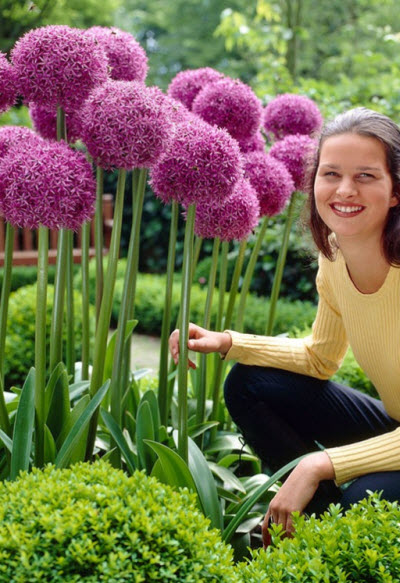Click below to listen to my 2 min. Garden Bite radio show/podcast: Allium for the win!
Audio PlayerAllium are members of the onion family and as such, they are not a preferred snack for deer and rabbits!

Their flowers are mostly in the round pom-pom form, but they can be star-shaped, cup-shaped, semi-circular, or pendulous. Their color can be white, yellow, pink, purple or blue. Heights vary as do bloom times.
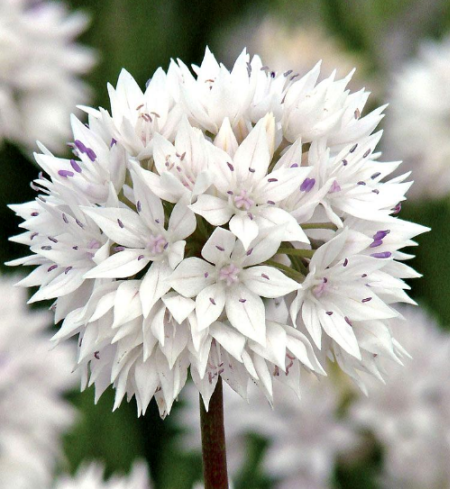
Best grown in full sun, they will tolerate some light shade. They are also drought tolerant, something MY area could use. Note: my rain gauge just registered 3 inches of rain from last night into this morning, Aug. 28th!
After flowering, it’s important to allow allium foliage to die back naturally.
The same as you would for other bulb plants. Once withered, the leaves can usually be removed with a gentle tug. The good new is, they are hardy to our cold zones so you don’t have to dig them out like cannas or gladiolus.
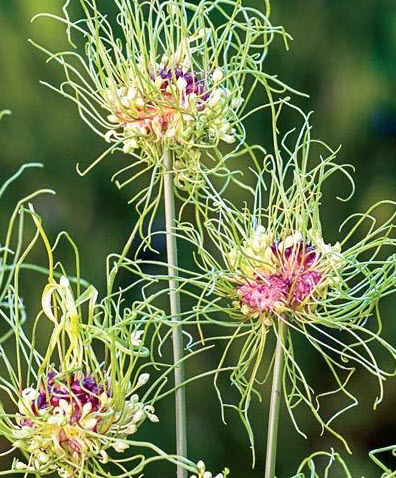
Bees and butterflies love them.
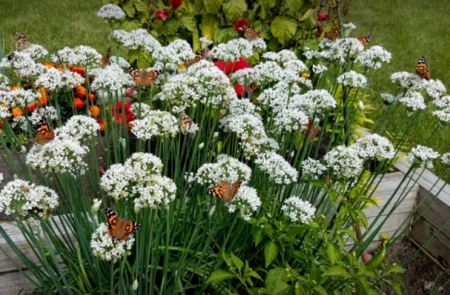
Allium prefer a sheltered, sunny spot. They can easily be grown in deep pots too.
Allium are low maintenance plants.
They would be great in a cutting garden as the flower heads can be dried and used for flower arrangements. Alliums should be planted in fall and at a depth of about 3 times the diameter of the bulb.
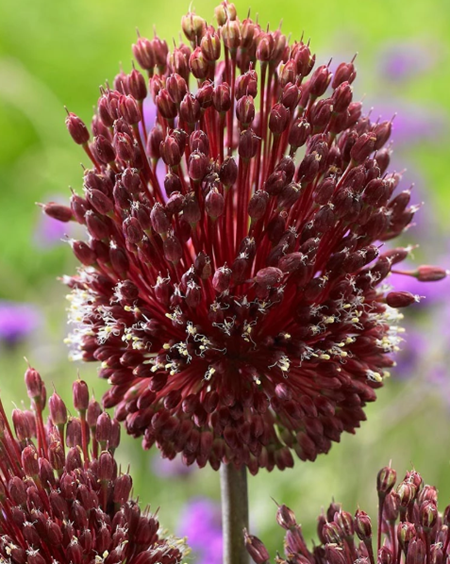
There are a multitude of varieties but be sure to check their zone hardiness. I also just discovered a yellow allium! It’s called ‘Moly Jeannine’. Some sites say it’s hardy to zone 3!
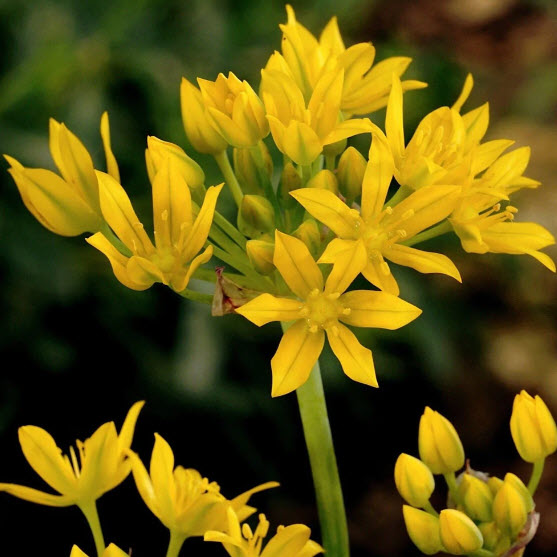
The tallest of the bunch is probably ‘Gladiator’ and/or ‘Globemaster’. They’ll grow to 3 ft tall, so set them at the back of the bed.
